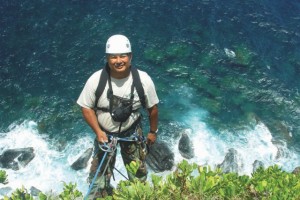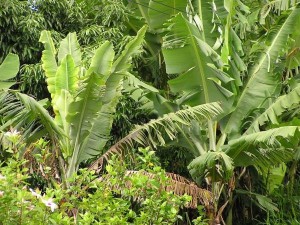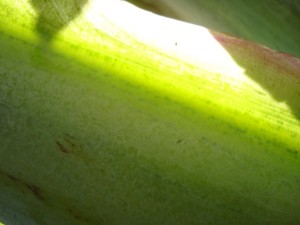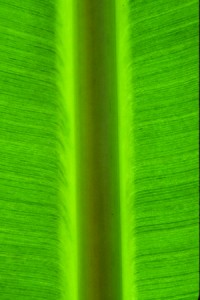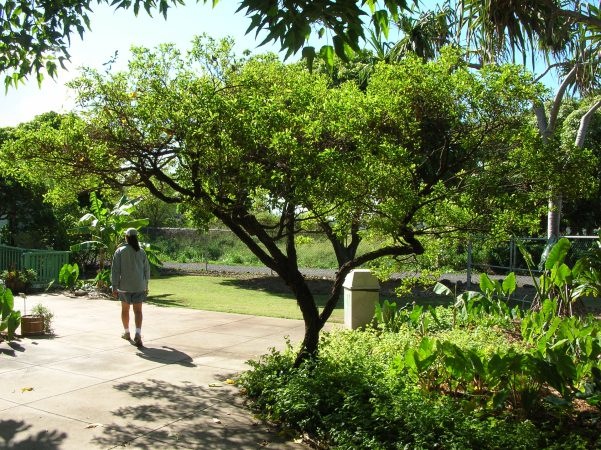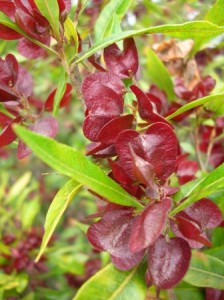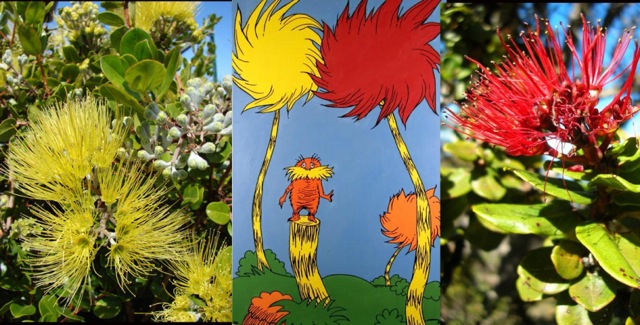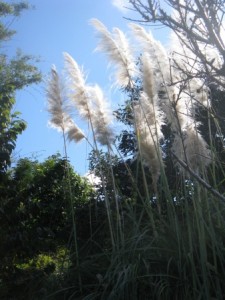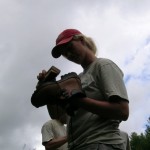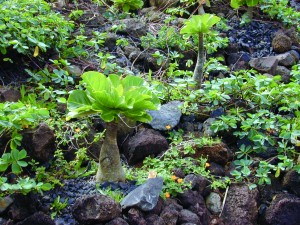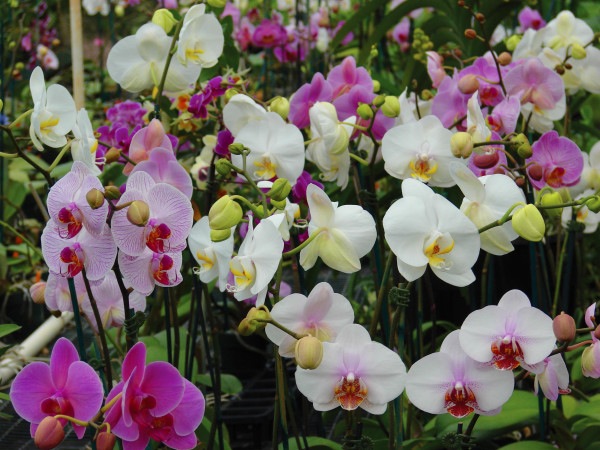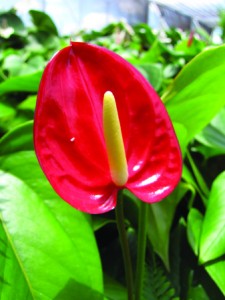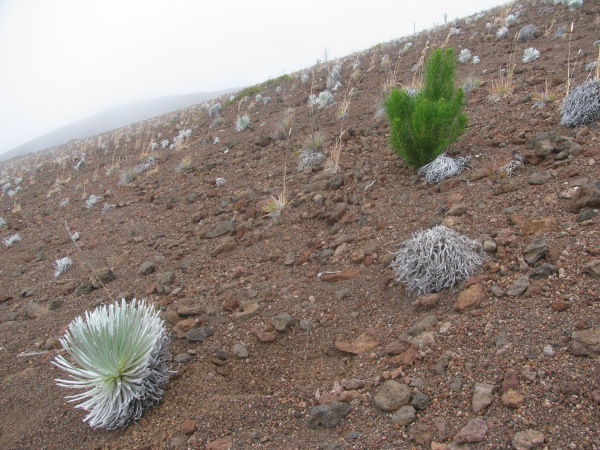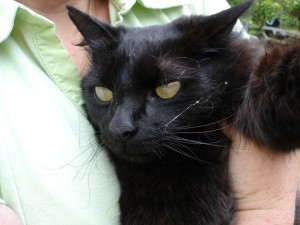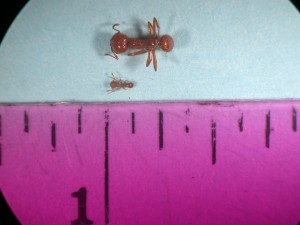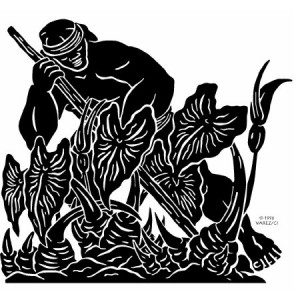 The Maui Association of Landscape Professionals, Maui Invasive Species Committee, and the County of Maui will recognize a professional landscaper, plant provider, or commercial/agricultural property owner’s efforts to protect Maui County from invasive species.
The Maui Association of Landscape Professionals, Maui Invasive Species Committee, and the County of Maui will recognize a professional landscaper, plant provider, or commercial/agricultural property owner’s efforts to protect Maui County from invasive species.
The 10th Annual Mālama i ka ‘Āina Award winner will be announced at the MALP Lawn and Garden Fair, November 3rd, at the Maui Mall. Nomination forms are available below or by calling 573-MISC or visiting www.mauiisc.org or www.malp.org.
Application Deadline is Saturday October 20th.
2012 Malama i ka `Aina Award On-line Application
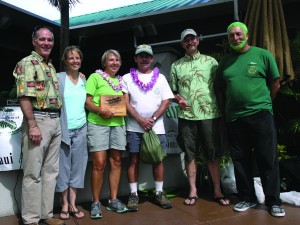
2011 Malama i ka Aina Award Winners Elaine Molina and Sarge McBride (center with plaque and lei) and presenters (from left to right) Rob Parsons with the County of Maui, Teya Penniman and Pat Bily with MISC, and Gary Mohrlang with the Maui Association of Landscape Professionals.

2010 Malama i ka Aina Award Recipient Mach Fukada



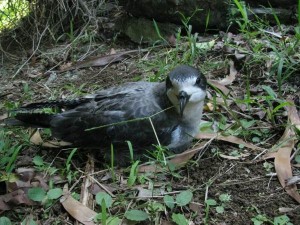
 Click this link for a PDF version of the newsletter:
Click this link for a PDF version of the newsletter: 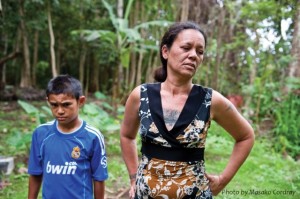
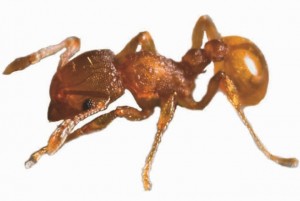 Learn more about the little fire ant and why this wee creature is such a big problem
Learn more about the little fire ant and why this wee creature is such a big problem